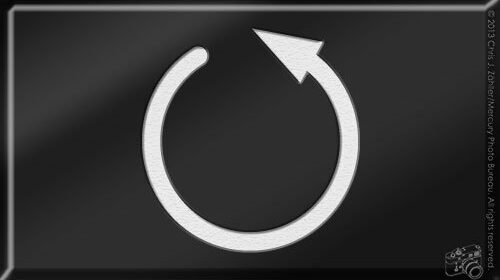
Exclusive Scoop: Newest Leica “M” System Camera Announced
Overview
- Description
- Leica “MT” digital rangefinder camera
- Availability
- Street price
- $8950 USD
- Manufacturer No.
- 10855
COLOGNE —
Leica Camera AG announced their latest digital rangefinder this morning, and it’s a doozie. The Leica “MT” builds on the Leica “M,” which only began shipping , by adding a feature that every photographer has wished for at one time or another. The suggested price is $8,950 USD, with pre-orders expected in early . The cameras will begin shipping in .
Exclusive Scoop Result of 6 Month Long Investigation

When we began hearing rumors about a Leica project code-named Chronos in late September last year, we assigned a small team of reporters to dig deeper. After we obtained internal Leica company documents confirming not only the development of a new camera, but also detailing the groundbreaking new feature associated with it, we reached out to Leica product manager Stefan Daniel, offering him a chance to go on record before we broke the story.
Revolutionary New Technology
The camera has the same specs as the coveted Leica “M”, which was announced at last year’s Photokina and just began shipping, but the MT is priced $2000 USD higher. For this substantial premium, purchasers get exactly one new feature. On the camera back, above the “Play” button, is a mysterious new control — a button featuring an open circle with an arrowhead on one end, somewhat reminiscent of the animated “loading” icon on some streaming media players.
According to internal Leica emails obtained by Mercury Photo Bureau, the button is known as the Wiederholen Knopf für die Zeit, or “replay time button.” When we asked Daniel about it, he told us that the button addresses a problem every photographer has faced: the lost shot. It’s basically a do-over button. When the photographer misses the shot, she simply presses the button and creates a small time bubble, about 50 metres [164′] in diameter, 15 seconds in the past. Our research shows that’s enough time to lock exposure or manually set the speed, focus and recompose, and get the shot — in our tests, the subjects recovered the lost shot 19 out of 20 times. Of course, the more experienced photographers did better than the newer ones.
The time bubble collapses after 15 seconds, and everything inside it jumps forward to rejoin the present. A variable time gradient at the bubble’s outer edge ensures no nasty physical collisions between the 2 time spheres. Thus, one need not fear having one’s arm intersect a moving object in the interval between depressing the rewind button and the bubble’s collapse.
Engineering Challenges

The camera presented many unique challenges, but neither overcoming physics nor ensuring user safety were the biggest. The hardest problem was sizing the new components so we could keep the basic form factor of an M-system camera,
said Daniel. We solved the time-space problem in the 1940s, but only recent advances in miniaturization allowed us to deploy the technology. The new camera is the same size as the 2 cameras we announced last year, so it’s completely compatible with all of the accessories for those cameras, including almost every lens Leica have ever manufactured.
Inspired by the Sands of Time
Credit for the idea goes to the company’s legendary founder, Ernst Leitz II. During a round of golf in 1932, he hit a ball into a sand bunker on the Wetzlar course where he was entertaining an American visitor, Hank Sonnenfeld. Turning to Leitz, Sonnenfeld asked, Why don’t you take a Mulligan?
According to papers in the Leica archives, Leitz brought up the heretofore unknown-to-him golf custom at dinner, wondering aloud what it would be like if it could be applied to other mundane situations. The next day, he approached Oskar Barnack with the idea, thinking they could incorporate it in the Leica III. It would be another 13 years before they figured out how to rewind time, and another 6 decades before the technology found its way into a camera.
A New Era for Leica
The introduction of the Leica M8 in 2006 marked a new beginning for a company that many observers considered irrelevant in a fast changing world of disposable consumer goods. With the addition of the MT (the “T” stands for “tempo”), Leica once again prove that being forward thinking can sometimes mean looking to the past.